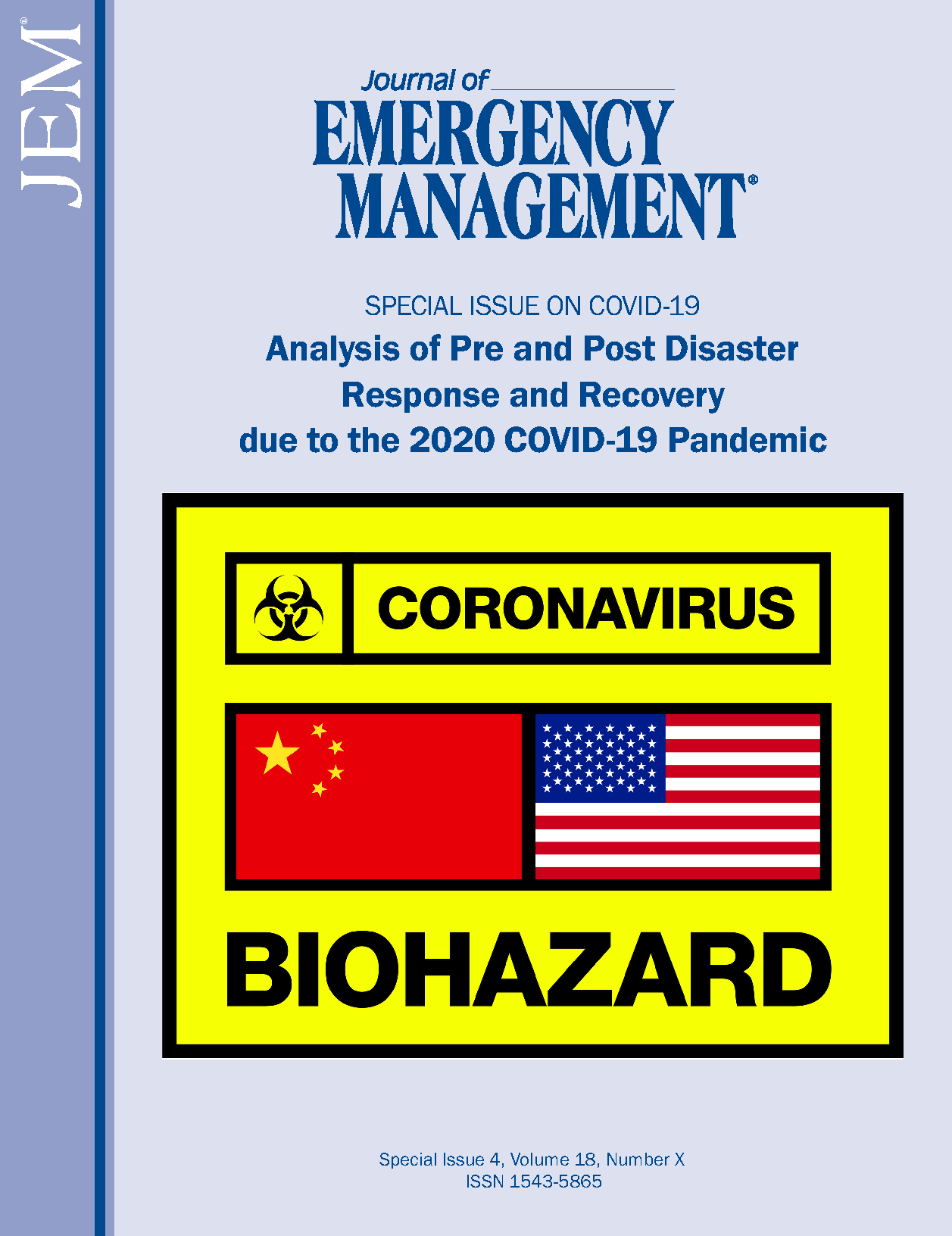COVID-19 in India: A glimpse of pariah
DOI:
https://doi.org/10.5055/jem.0535Keywords:
COVID-19, massive disruption, human race, pandemic, urgency, purposeAbstract
This new year's wake-up call presaged us of a Democles’ sword in the form of COVID-19, an epidemic turned pandemic. An infectious disease caused by a newly discovered coronavirus (COVID-19) seems to reach an innovative and horrendous landmark every day. The deadly coronavirus has made cataclysmic ruinations and sparked massive disruption to global travel and trade. Nobody had ever imagined that a universal, imperceptible, novel enemy of human race would emerge that would bring many parts of the society to a standstill. It has created an alarming situation across globe, and the world is responding to this novel virus with urgency and purpose. This article is a preface of COVID-19 in India.
References
McFarlane R, Becker N, Field H: Investigation of the climatic and environmental context of Hendra virus spillover events 1994–2010. PLoS One. 2011; 6(12): e28374.
Brenda SPA, Tchoyoson CCL, Linfa W: Nipah virus infection. J Clin Microbiol. 2018; 56(6): e01875-17.
Sethy PK, Behera PK: Detection of coronavirus disease (COVID- 19) based on deep features. Available at https://www.preprints.org. doi:10.20944/preprints202003.0300.v1. Accessed October 1, 2020.
Andersen KG, Rambaut A, Lipkin WL, et al.: The proximal origin of SARC-CoV-2. Nat Med. 2020; 26: 450-455. 5. World Health Organization: Global epidemiological situation (online). Available at https://www.who.int/publications/m/item/weekly-epidemiological-update---14-december-2020. Accessed December 14, 2020.
Government of India updates about Coronavirus situation in India. Available at www.covid19india.org. Accessed December 15, 2020.
Published
How to Cite
Issue
Section
License
Copyright 2007-2025, Weston Medical Publishing, LLC and Journal of Emergency Management. All Rights Reserved.






